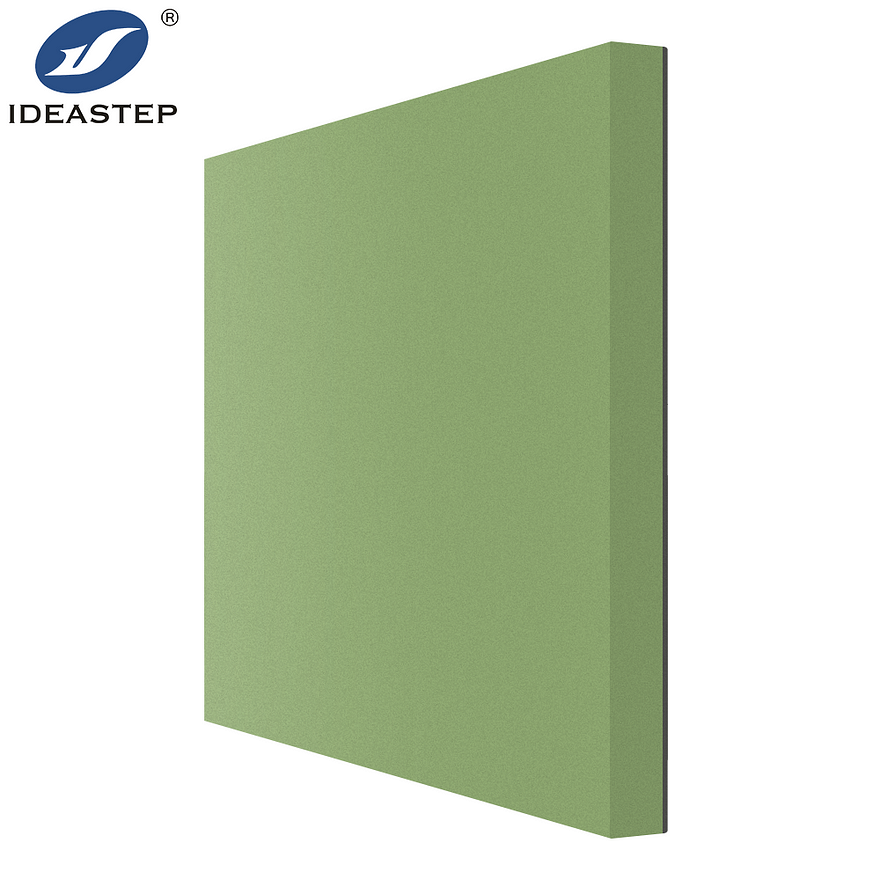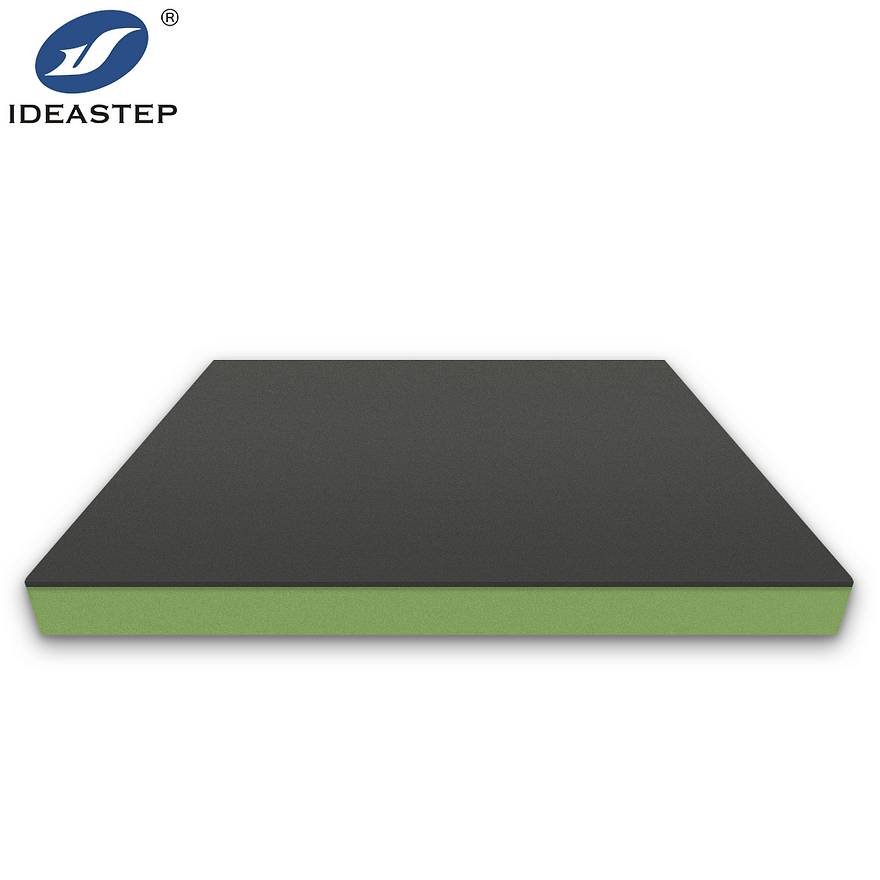Introduction
Fundamental key factors have to be put into consideration when designing EVA blocks for various uses. The application of EVA blocks within the footwear industry, automotive, and sporting industries, their commanding virtues include durability, flexibility, and cushioning, among others. This article looks at material quality and density to thermal properties and environmental impact, all in one go, in a bid to providing comprehensive insights into achieving the best results in EVA block design.
1. Understanding EVA Blocks
What is an EVA Block?
EVA blocks are made from Ethylene Vinyl Acetate—a material known for its softness and elasticity. These blocks find application in shock absorption and cushioning in a number of areas, from shoes to automotive accessories; even sporting goods rely on them. Their versatility in performance makes them quite applicable in several industries.

2. Key Design Considerations
Material Quality
The quality of the EVA material will definitely affect the performance of the block. High-quality EVA will ensure that it is tough, flexible, and less prone to wear and tear. Ensuring high standards should involve seeking supplies from a reputed supplier who can verify specifications for that material.
Density and Thickness
The strength and performances of the EVA blocks are directly connected with density. High-density blocks provide better support and have longer lives; low-density blocks are more cushioned. Selection of the right thickness is related to the intended application and performance required.
Thermal Properties
EVA blocks should not be affected by temperature variation: The blocks must remain the same in an extreme range of temperatures. If thermally unstable, warping and degrading of material may occur. This includes proper design and material type.
Shock Absorption and Cushioning
Applications can, therefore achieve comfort and protection through design features improving shock absorption and cushioning. In this regard, EVA blocks should be designed with maximum cushioning effects by reducing impacts for optimum user experience.
Environmental Considerations
The product’s sustainability is an essential consideration during the design process for EVA blocks. Material selection, which is friendly to the environment and adheres to all the regulations set by the environmental agency, will enhance the commercial aspect of the product by meeting particular industry standards.

3. Manufacturing and Processing
Production Techniques
EVA blocks are fabricated by various techniques, including but not limited to compression molding and extrusion. Each one of these techniques has its merits, and a quality control system should be in place to ensure reproducibility of the product.
Customization and Flexibility
Tailor-made EVA blocks for specific needs would increase their value and enhance performance. Options for flexibility in design allow adjustments to be made based on application needs, which furthers the performance of the block in an application.
4. Testing and Quality Assurance
Performance Testing
This will ensure that performance testing of EVA blocks is done routinely to meet the requirements. Some of the features that may determine expectation during performance of the blocks are durability, flexibility, and the ability to absorb shock, among other factors.
Safety Standards
Safety use of EVA blocks requires that industry standards concerning safety are complied with. The standards will ensure that the blocks are certified with due documentation to ensure that all regulations and guidelines concerning the same are met accordingly.

5. Best Practices for Design and Use
Design Optimization
In other words, the optimum EVA block design considers application-specific needs coupled with the best practices. Many of these designs have been iteratively improved through a number of improvements and tests.
User Testing and Improvement
Informing and analyzing user feedback may give important ideas that could be used to refine EVA block designs. Feedback incorporation helps in improving product performance and user satisfaction.
6. Conclusion
Design of EVA blocks involves consideration of material quality, density, thermal property, and environmental impacts. Emphasizing these key factors and following the best practices, several companies are involved in designing superior quality EVA blocks that can successfully meet the performance and safety requirements.

7. FAQs
What are the factors to be considered in selecting the material for the EVA blocks?
Consider such factors as durability, flexibility, and resistance to wear. For the best performance, high-quality EVA material is needed.
How does the density of an EVA block affect performance?
Higher-density blocks offer better support and durability, while lower-density units provide greater cushioning—the application will determine the best choice.
Thermal Stability of EVA Blocks Best Practices
Correct material selection along with design will maintain stability over temperature. Testing and quality control is also very important.
How can EVA blocks be customized for an application?
The possibility of changing density, thickness, and design features depends on the application or purpose. The flexibility of the design will contribute to the ability to improve functionality.
